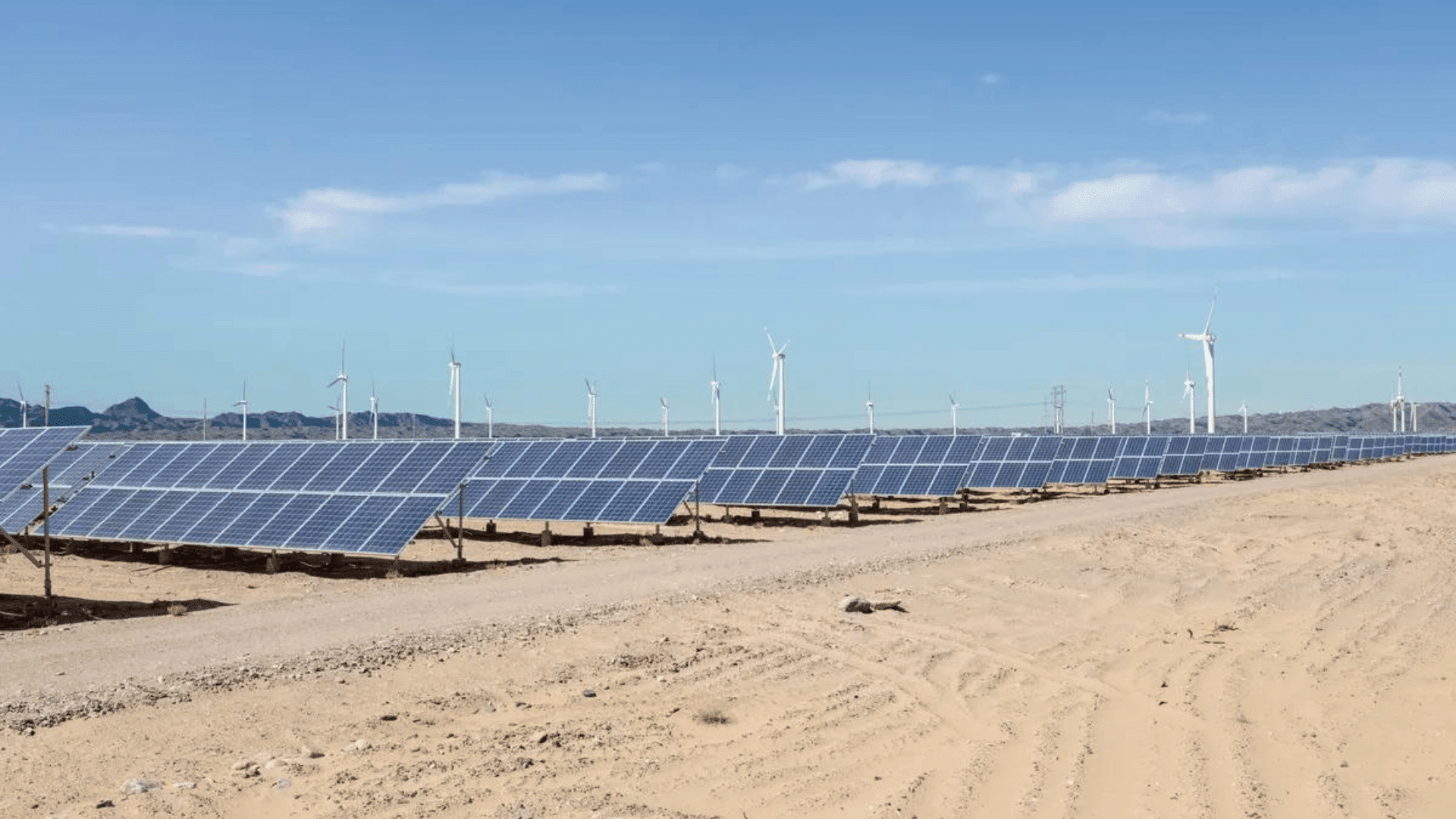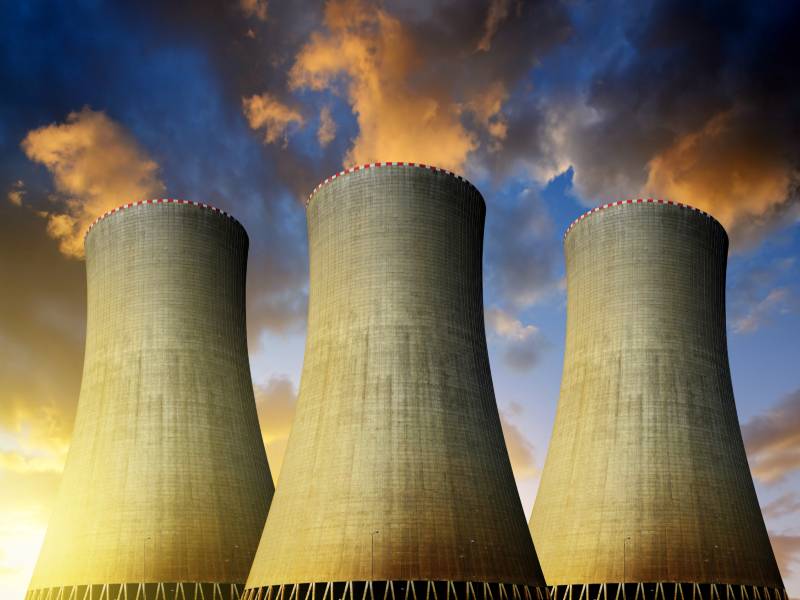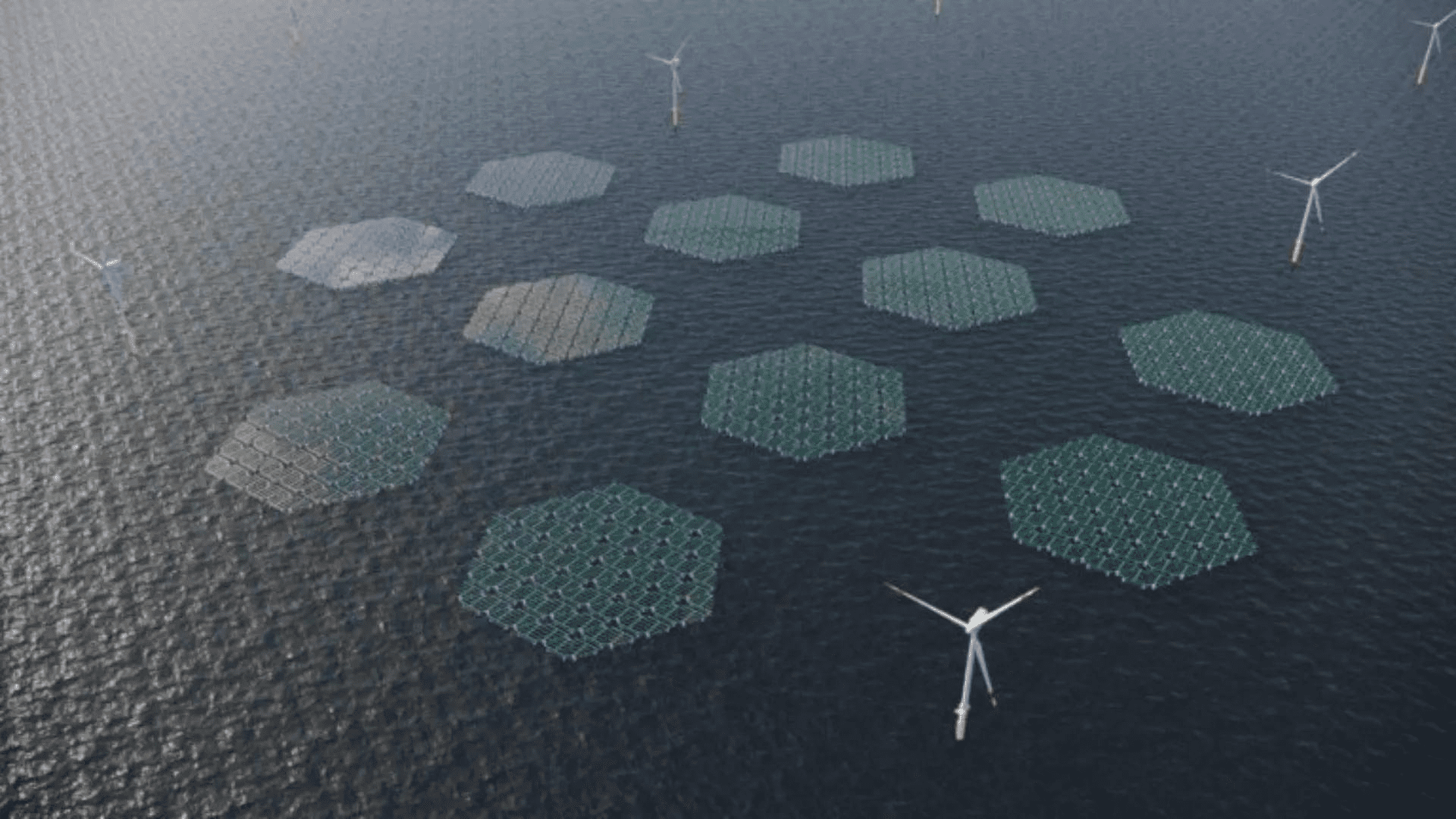The world’s biggest solar plant was recently connected to the grid, spanning 32,947 acres in the desert of northwest Xinjiang and capable of powering a small country on its own.

The 3.5-gigawatt-capacity plant is expected to generate 6.09 billion kilowatt hours (kWh) of electricity annually. That’s enough to single-handedly power a country like Cameroon or Laos, or fulfill the entire electrical demand of Vermont or Alaska.
This news comes amid new investments into renewable energy sources, which is notable as China is the largest contributor to carbon emissions and the fossil fuel industry. According to The Economist, carbon emission levels fell for the first time in 14 months in March of this year.
“In 2023, China commissioned as much solar PV as the entire world did in 2022,” the International Energy Agency (IEA) pointed out in its Renewables 2023 report in January.
The new solar power plant is meant to help the country meet its stated goals of an emissions peak by no later than 2030 and to reach net-zero emissions by 2060.
“By 2030 […] almost half of China’s electricity generation will come from renewable energy sources,” predicted the IEA.
Explore Tomorrow's World from your inbox
Get the latest science, technology, and sustainability content delivered to your inbox.
I understand that by providing my email address, I agree to receive emails from Tomorrow's World Today. I understand that I may opt out of receiving such communications at any time.
Before deploying this solar mega-plant, the two largest operational solar power facilities were already located in western China. This area is ideal for renewable energy projects because it’s sparsely populated and has large amounts of sun and wind.
“This major strategic decision [reaching net-zero] is made based on our sense of responsibility to build a community with a shared future for mankind,” President Xi said in 2021, attending a US-organized climate summit. “And our own need to secure sustainable development.”







